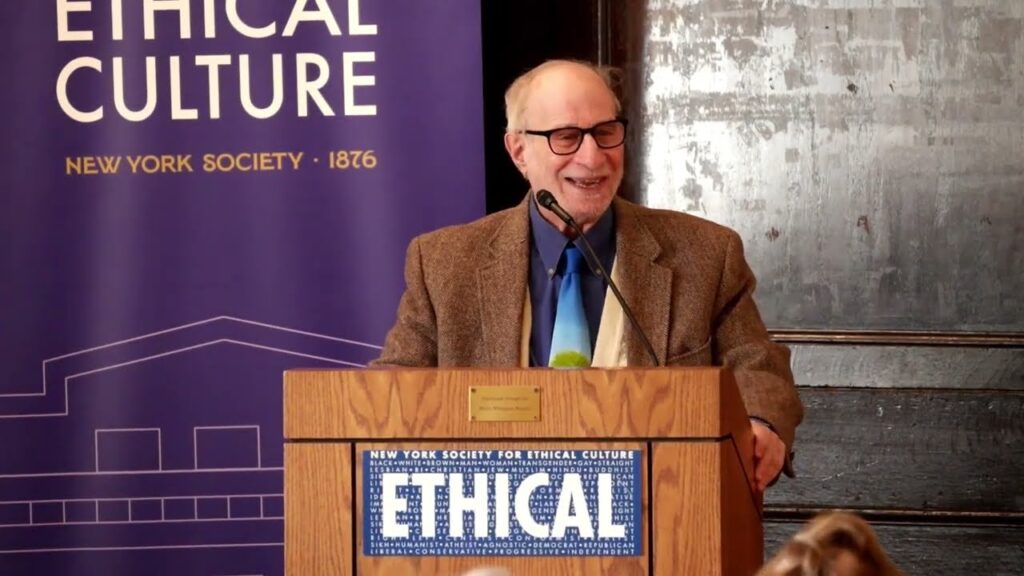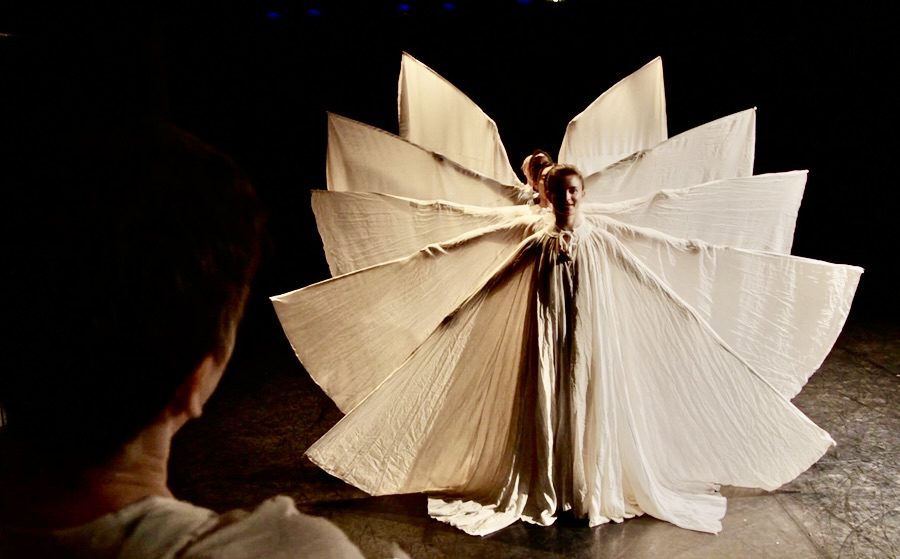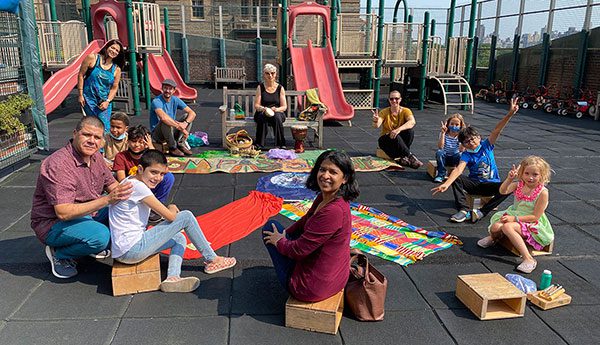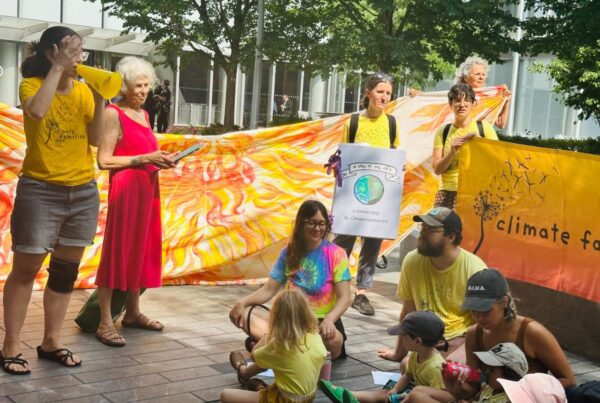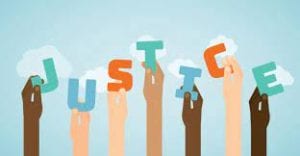
 This is a diverse group for mature learners. Tweens and Teens gather to dive into serious material created by Ethical’s partners: The American Slavery Project.
This is a diverse group for mature learners. Tweens and Teens gather to dive into serious material created by Ethical’s partners: The American Slavery Project.
Deepest appreciation for youth scholars participating in this program for Social & Racial Justice Scholars with ETHICAL NYC and American Slavery Project.
THIS IS THE GOOD WORK OF CONSCIOUSNESS BUILDING
AND GRAPPLING WITH DEEP and SYSTEMIC ISSUES SOCIAL AND RACIAL JUSTICE.
If you scroll down, you will find reflections upon our sessions, with links to follow. You may enjoy reading this over to give you a sense of what ETHICAL YOUTH are up to, if you are a fellow youth, or a curious member of the ethical community, or a parent.
To link to the materials we are culling from, visit American Slavery Project’s REVERBERATION PLAYS — from these powerful offerings, the group leader, Simone Barros with Ethical Education director, Audrey Kindred, sift out short important and age appropriate sections for “watch/listen parties,” with workshop games, discussion prompts, and supportive reflection.
Below is a wrap-up to share reflections upon our sessions:
MARCH 2021 gatherings:

Playwright Camille Thomas, Ethical NYC’s Audrey Kindred, American Slavery Project’s Simone Barros, Camille’s theater director Molly Bennett
* Attached below are two links to writer/actress Camille Thomas, presenting monologues we are discussing in our workshop.
You may watch these at home, for further reflection.
A WRAP UP NOTE OF THEMES DISCUSSED — From our first meeting, Wednesday March 17:
On our first meeting, youth scholars met one another and the group leaders from American Slavery Project, Simone Barros and from Ethical NYC, Audrey Kindred. We also met special guest, theater artist, Camille Thomas and we watched three short clips from an hour-long show she wrote in college, when she faced problems with student debt.
In the first clip, she is riding a bus as a PROTEST of how expensive college can be. We made connections to Rosa Parks’ protest on a city bus, for racial equality in the Civil Rights Movement. We discussed PROTEST, and thought of examples from our own lives, both private and public.

In the second clip we watched, Camille has learned that she is not alone in the injustice of student debt. She has read Ta-nehisi Coates “A Case for Reparations” (you can read it or listen to this article here and she shows us her understanding of THE RACIAL WEALTH GAP through a vivid journey into the future. She shows us how we can take leaps and bounds with technological advancement and still inchworm forth with racial justice and economic equality.
 We also touched on the quest of REPAIRING the RACIAL WEALTH GAP — through looking at the word: REPARATIONS. In our discussion, we made connections between history and the future, seeing the sometimes invisible threads that tie our society to racial inequalities that stem from slavery so long ago.
We also touched on the quest of REPAIRING the RACIAL WEALTH GAP — through looking at the word: REPARATIONS. In our discussion, we made connections between history and the future, seeing the sometimes invisible threads that tie our society to racial inequalities that stem from slavery so long ago.
In the third clip, we saw Camille go to a food shelter, so she can save money to pay student debt. We experience her despair. We see how people’s personal experiences get caught in the structural web of racial injustice.
From our second meeting, Sunday March 21:
On Sunday, our group morphed a bit in participation. It was wonderful to welcome new participants, and we missed those who did not make it. We checked in with color-metaphors about how we are feeling. Through these descriptions, we could notice how one color could represent different things to different individuals. Simone shared with us a history of how color — this amazing realm of creative joy — has been turned on its head as a tool of oppression instead of a tool of expression, through the “invention of race”.

Zuraraas
We discussed when, how and why color was used to “invent race” as a justification for developing a lucrative Portuguese slave trade, selling human beings from Africa. Color is set down into written language by Gomes de Zuraraas as a justification as a new tool for differentiating humans, ranking them, and thereby enslaving them based on what was deemed “race.” In the photo here, Gomes de Zurara, the Portuguese inventor of blackness (and whiteness) is on The Monument to the Discoveries in Lisbon, Portugal.
 We reflected upon Ta-nehisi Coates, whom we had talked about in our previous discussions (since he had inspired Camille Thomas, in the play we are studying) and discussed a quote from his book: Between the World and Me: “Race is the child of Racism, not the father.”
We reflected upon Ta-nehisi Coates, whom we had talked about in our previous discussions (since he had inspired Camille Thomas, in the play we are studying) and discussed a quote from his book: Between the World and Me: “Race is the child of Racism, not the father.”
Here are a link to hear more About him becoming a writer.
 We talked about how atrocious behaviors can become “norms” in societies. And how they hide in the guise of “normalcy,” becoming fixtures in societies. Once supported by powers and governments, these “norms” lead to systemic oppression that can go unchallenged. Like racism, the embedding of oppression into the fabric of “normal life” makes it very challenging to truly dismantle or undo.
We talked about how atrocious behaviors can become “norms” in societies. And how they hide in the guise of “normalcy,” becoming fixtures in societies. Once supported by powers and governments, these “norms” lead to systemic oppression that can go unchallenged. Like racism, the embedding of oppression into the fabric of “normal life” makes it very challenging to truly dismantle or undo.
Noticing norms, questioning norms, and challenging norms are revolutionary acts. They are necessary acts, for developing a just society. This is easy to point out historically, but much harder to detect and to counter in THE PRESENT.
After a short break, we all gathered for a creative process that will be developing over the ensuing months. We are following the example of Camille Thomas who took her stress into a creative process. Camille’s stress was about her student loans, and as she began to write about this, research it, and express it, she was able to transform it. By learning that she learned that she was not alone, she could transform suffering into expression, action, activism, inspiration. Like Camille, we each identified an area of STRESS IN OUR LIVES. We began this TRANSFORMATIONAL PROCESS by applying SIMILES to the stress itself. The workshop guide is in this March folder, in this shared google drive — and you may continue to develop your writing throughout the month. When we return in April, we will stimulated by new prompts and we will be moving toward empowerment and solutionary thinking.
We closed our session with a writing share, a second color check in, and a JUSTICE CHANT!

THIS IS THE GOOD WORK OF CONSCIOUSNESS BUILDING
AND GRAPPLING WITH DEEP and SYSTEMIC ISSUES SOCIAL AND RACIAL JUSTICE.
APRIL 2021 GATHERINGS
Session 1:
We acknowledged the social and racial context of our gathering: Earth Day & The verdict of the Derek Chauvin trial for his killing of George Floyd.
We checked in with colors as metaphors for our feelings. We created a shared “this or that” story about a Caterpillar…. Who who ended up saving the Titanic.
We discussed the meaning of Eugenics, and its root word “gene” — and the history of
THE EUGENICS FILES in America. We talked about how genetically similar all humans are to one another with 0.0999999999999999999999999999999991 % range of difference.
 We watched excerpts based on two voices (Margaret and Hazel) from THE HAUNTED FILES, a production of the REVERBERATION PLAYS by AMERICAN SLAVERY PROJECT — based on archival records from The Eugenics Files.
We watched excerpts based on two voices (Margaret and Hazel) from THE HAUNTED FILES, a production of the REVERBERATION PLAYS by AMERICAN SLAVERY PROJECT — based on archival records from The Eugenics Files.

We used tools of comparison to think about:
The difference between “to make people better” and “to make better people.”
We discussed which perspective we would wish to be seen through.
The difference between testing for skills and learning (like a drivers test) vs. testing for body measurements.
We came to see how important it is to question what you learn — on both factual, and ethical levels. We began to wonder together how people can know what is true or untrue, ethical or unethical.
Session 2:
We checked in with color-metaphors for our feelings.
We played a game about sharing the weight of the world:
We looked at a social justice timeline to understand why our modern times face such grave issues of racial injustice… to see the roots of racial definitions and justifications throughout history. We contextualized much of what we learned previously with this timeline, including the creation of ETHICAL CULTURE itself, as a deed-based creation toward healing and reforming the social ills.

We discussed the notion of The American Dream, as a hope in “a better life.” We listened to two high school monologues reflecting upon the disillusionment of immigrant life in “the American Dream.” We saw in these monologues, the way that families’ cultures, rooted all over the world, create unique and diverse home-environments, that often remain very private in America.
We did a writing prompt and shared:

MAY WORKSHOP
In May, we focused on LABOR. What is fair labor? What is the relationship of work to payment?
We watched a few excerpts of DISUNION by American Slavery Project’s Judy Tate.
We discussed the complicated nature of ETHICAL DILEMMAS and then in break out groups, got to weigh and measure the competing issues within various scenarios.

